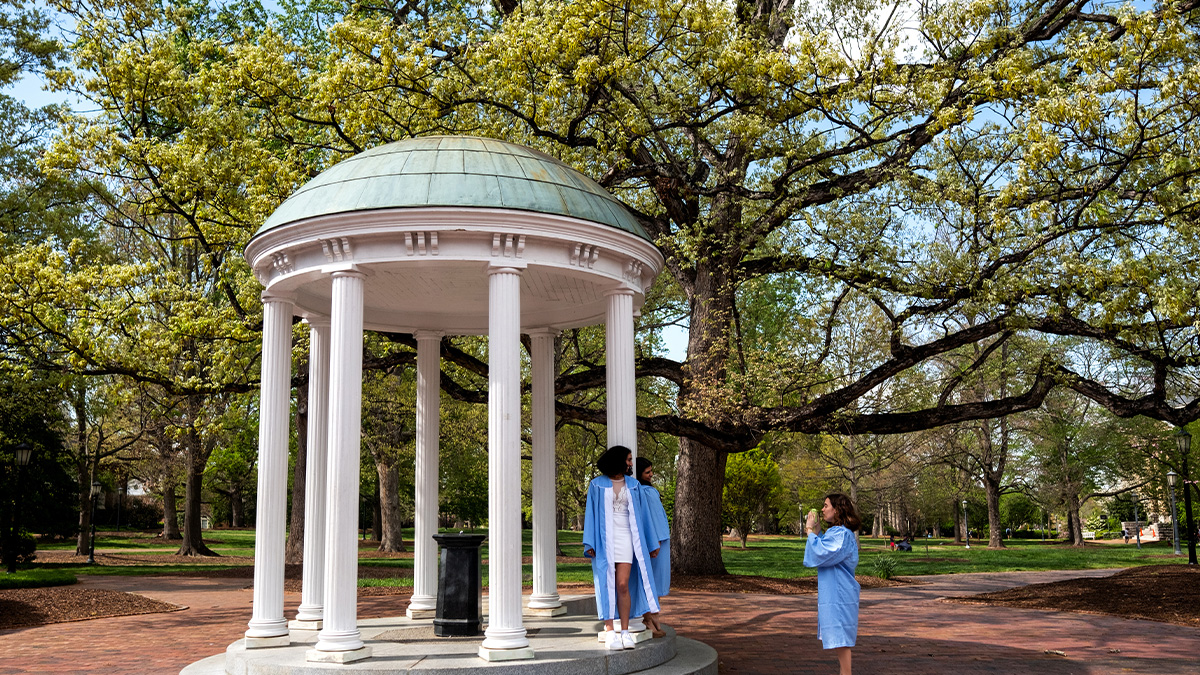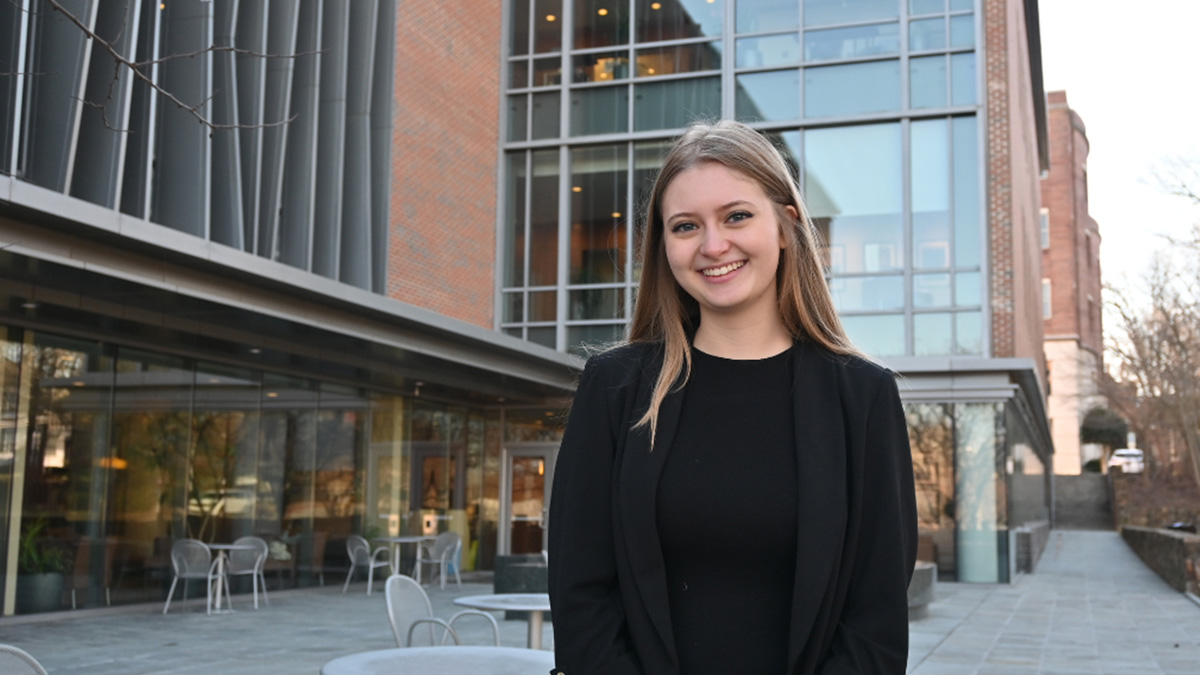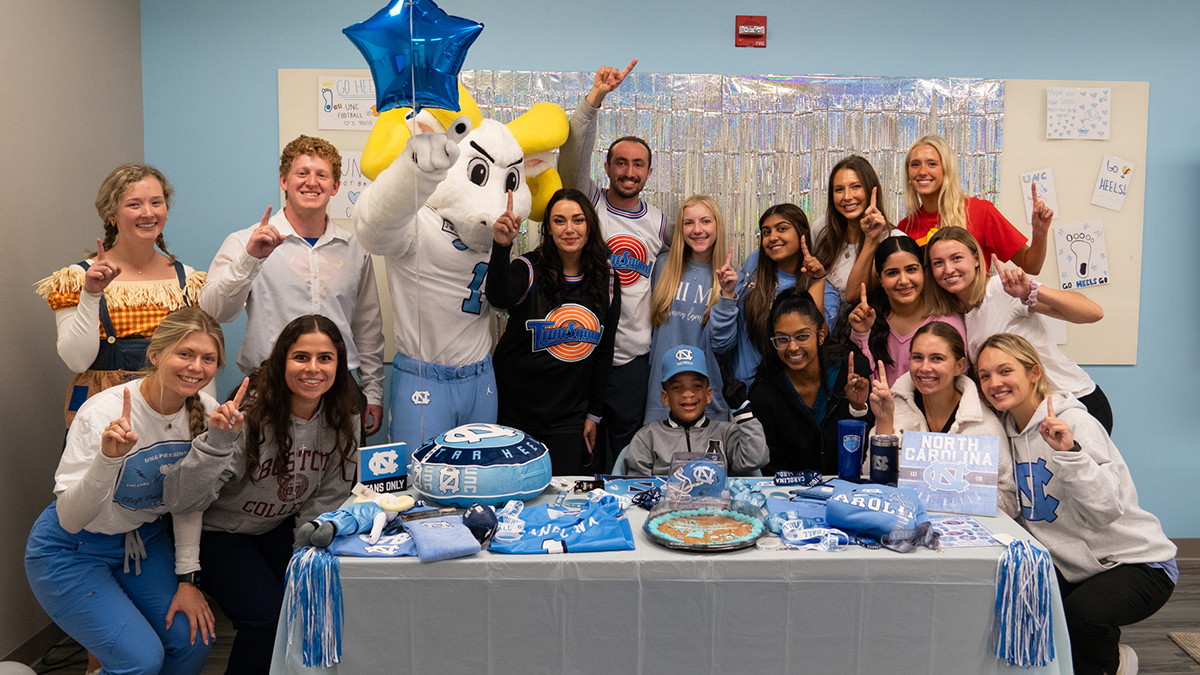Celebrating 50 years of collaboration, innovation
One of only four Department of Energy Centers of Excellence for Nuclear Physics in the nation, Triangle Universities Nuclear Laboratory brings together the resources of three universities.
Triangle Universities Nuclear Laboratory, or TUNL as it’s so affectionately called, is a place like no other.
One of only four Department of Energy Centers of Excellence for Nuclear Physics in the nation, TUNL brings together the resources of three universities: the University of North Carolina at Chapel Hill, Duke University, and North Carolina State University. And what makes this environment even more special is the focus on, and importance of, research over institutional boundaries.
“Nobody thinks of themselves as being from State or Duke or Carolina,” said Chris Gould, professor of physics at NC State. “People working together do really great things in every field. You just have to be willing to share the credit.”
Five decades of credit — because this month, TUNL celebrates 50 years of collaboration and success.
“We have lasted where other universities have failed because of the proximity of the three campuses and the fact that the critical number of people here make it possible,” said Tom Clegg, professor of physics at UNC-Chapel Hill.
The allure of TUNL drew Clegg and Gould to Duke University, where the lab is located, in 1968 and 1969, respectively. TUNL Director Calvin Howell joined the team first as a Duke graduate student before later joining the Duke faculty.
Three particle accelerators draw today’s curious minds to TUNL. The tandem Van de Graaff accelerator — the lab’s first accelerator upon acceptance of a $2.5 million award from the U.S. Atomic Energy Commission in 1965 — helps researchers study the attractive forces that hold a nucleus together. The newest accelerator at TUNL, HIGS (High Intensity Gamma-Ray Source) produces extremely bright beams of gamma rays that help scientists shed light on the structure of a nucleus. Lastly, beams from an accelerator within the Laboratory for Nuclear Experimental Astrophysics, or LENA, simulate conditions that allow scientists to study how rare nuclear reactions occurring in stars created the chemical elements we all know.
“These tools helps us investigate physics on very large distance scales to physics on very small distance scales,” said Mohammad Ahmed, professor of physics at North Carolina Central University and Duke. “From nuclear phenomena responsible for events that are galactic and major, to events that are femtometers (one millionth of a nanometer) in scale. That’s why this is important.”
But at the end of the day, what’s most important to the leaders at TUNL are the graduate students and the things they achieve.
“TUNL educates students for a broad range of professions — the private sector, academia, federal government and even medicine,” Howell said. “This is one of our great traditions that we are very proud of currently, and that we, in our vision for the future, see as continuing and getting stronger as we reach out to broader communities of people who can contribute to the nation in nuclear physics.”




